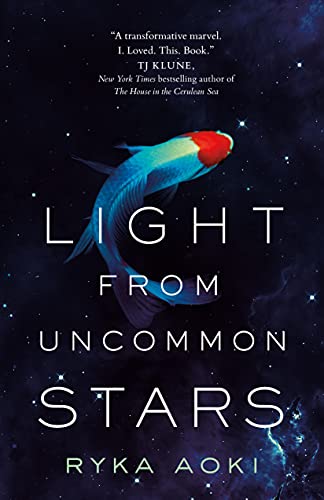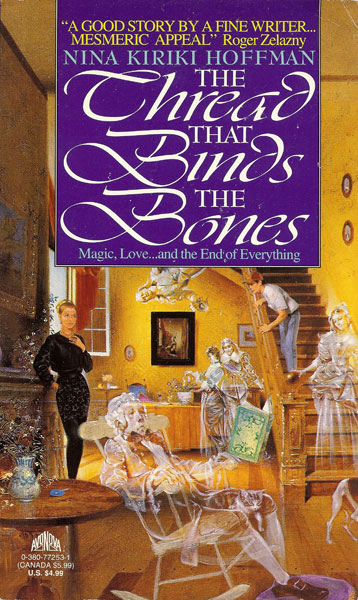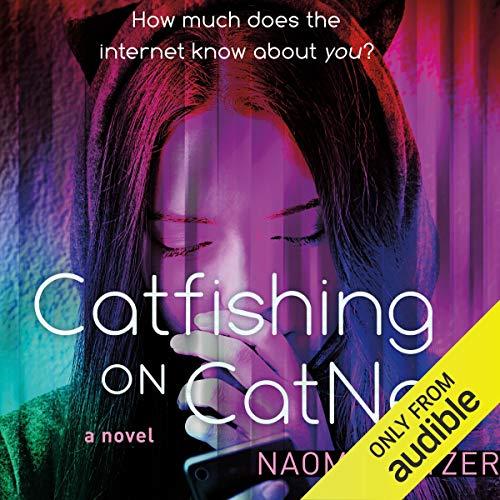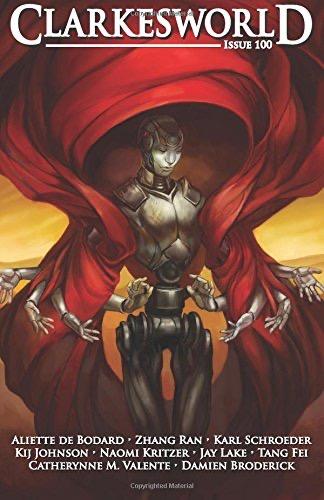Threshold: The Collected Works of Roger Zelazny, Volume One. Edited by David G. Grubbs, Christopher S. Kovacs and Ann Crimmins. Cover art by Michael Whelan. (NESFA Press, 2009)
By Paul Weimer: Roger Zelazny. He came upon the SFF world like a nova, and sadly died too soon at 58. A beacon of the new wave, making a splash immediately with “A Rose for Ecclesiastes” (1964 Hugo finalist) and writing through the 60’s and 70’s, his writing had an intensity about it that leaps off of the page, be in novels, short stories, or poetry.
Threshold is the first in a series of six volumes of collected stories by NESFA Press. As is the wont of NESFA’s organization, the volumes are in chronological order. Thus, this collects the earliest of Zelazny’s work. Thus, in addition to some of his early brilliant work (such as the aforementioned “Rose”) we also get some of the protostar origins of what would build toward his writing achievement and career such as fanzine work and drips and drabs.
The collection is full of biographical and contextual detail for the works in afterwords and forwards that bookend each of them. There are also a few remembrances at the beginning as well. This doesn’t quite make the book a biography of Zelazny but Threshold could be considered a biography of Zelazny’s work, putting the stories , poems and fragments into perspective and parallel and dialogue with each other. Time and again, the volume shows how a work was clearly in the same vein or mining early fanzine and unfinished work you read earlier in this volume. This gives the book a richness and a third dimension far beyond a simple cataloging and list of works.
Another quality of life, and one absolutely necessary in dealing with Zelazny and his work, is the untangling and cataloging of the various references. Zelazny’s work was and is rich with allusions, parallels, and borrowings, especially from mythologies and theologies all over the world. While I consider myself a fairly erudite and well read person, I found time and again, in these early works and stories, references that I did not get at all or understand, but the afterword happily lays out for the reader.
“Nine Starships Waiting”, a Zelazny story I had never read before (first published in Fantastic 1963) is a great example of how this book manages it. While some references like Trotsky, the seals of the apocalypse, Cassiopeia, were clear to me, other references were more obscure and the afternotes illuminated what Kraepelin is referring to (mental disorder classification, or “Tonight in Samarkand”, a Deval melodrama). But the entire story itself is based on an Elizabethan play, “The Revenger”, a favorite of Zelazny’s, and the end notes go into detail just what Zelazny was borrowing from that work.
This all reminds me of a different NESFA volume, and that is John Myers Myers’ Silverlock, where the book goes into detail pulling out all of the references that book is filled with, so that the reader can even more appreciate the subtlety and depth Zelazny brings.
And his diversity. If you think Zelazny is just Amber fantasy, A Night in the Lonesome October, and not much else, this early first volume puts paid to that notion right away. There is a range and power to these early stories that show (as well as his fanzine stuff collected here) that Zelazny was clearly reading from and thinking about the writers who preceded and then he was writing in parallel with. Take another new-to-me story, “The Malatesta Collection”. It’s a post-apocalyptic story that feels a bit like Dick, a bit like Leibowitz, and a lot like Zelazny, with the uncovering, after an apocalypse, of a trove of lost literature. I also found out in those aforementioned afternotes, just who the people in Rodin’s statue “The Kiss” are supposed to be (surprise, one of them is named Malatesta…) . “The Stainless Steel Leech”, again, feels a little bit like Dick and perhaps Bester and Sturgeon as well. This story, which pairs an unusual robot with the last Vampire, is all Zelazny, in the end, but one can trace science fiction he read through this and into it and see what Zelazny has alchemically made of it.
And poetry! It should not surprise that Zelazny wrote poetry, rich and vivid and sometimes experimental from the get go. (His character Galagher in “A Rose for Ecclesiastes” is, perforce, a poet). There is a poem devoted to the aforementioned Rodin sculpture, and many other ones, besides. Most of these are short, Zelazny does not go for the long epic form in any way, but the use of language and imagery is always memorable. There are some textual experiments (in length of lines) and other tricks Zelazny played as well.
Poetry, as the volume’s thesis seems to make clear, is really the heart of Zelazny’s work, in general and particularly in this volume. Poetry was, in fact, Zelazny’s first love, first desire when it came to writing, but there are precious few ways a poet can make a living as a writer in that day and age (or this one for that matter). Zelazny turned to genre fiction to help pay the bills (as opposed to his mundane day job) but his love of poetry infuses this volume. And once again, see “A Rose for Ecclesiastes”, with its poet main character. A brilliant poet, a genius, someone who lives by his poetry. While people have pointed to Roger the guard in the Amber chronicles as Zelazny, especially because he is a writer, perhaps Gallagher, earlier, is as well.
There are some curiosities here, as well, in the back portion of this substantial (576 pp) book. A manuscript he stopped, and abandoned. A joking piece tuckerizing himself and his longtime friend Carl Yoke (who also has a forward piece on him and Zelazny) . Bits and bobs, as is expected for the first volume of this series. I expect these more unusual types of things will be less common as the series of stories progresses.
My only regret is not diving into this volume sooner. In some ways, though, my delay in not reading this in the last ten years to be to my benefit. You might feel a little differently as to why. It turns out that the ebook edition of this is the 4th edition… Additional early items by Zelazny have been found, and added, to the ebook version of this collection. In many ways, this book was and is more of a living document, record, testimonial and biography of Zelazny’s work.
But, lest you think that this is unpolished story gems all the way down, remember my comment before about Zelazny coming on the scene like a nova. The three big stories that anchor this book are the aforementioned Rose (his Mars story), “The Doors of his face, the Lamps of his mouth”, his Oceanic Venus story, and “He Who Shapes”, the novella that would eventually be expanded to The Dream Master. Reading this original again, I am struck once more just how dense and potent the original length story is. It is my favorite of these “big three” in this volume, and it does a lot of what you are looking for in a Zelazny story at moderate length.
The editorial eye, the enunciation and elaboration of the imagery and ideas Zelazny uses, and the stories and poems themselves make me conclude that this is the sort of volume that if you are a Zelazny reader, you should beeline for (now that there are ebooks instead of the uncommon and expensive print versions). If you are just interested in excellent fantasy and science fiction, and seeing where one of the greats started, Threshold is your cup of tea, too.
As for me, I look forward to finding time to diving into the second volume, Power and Light.












